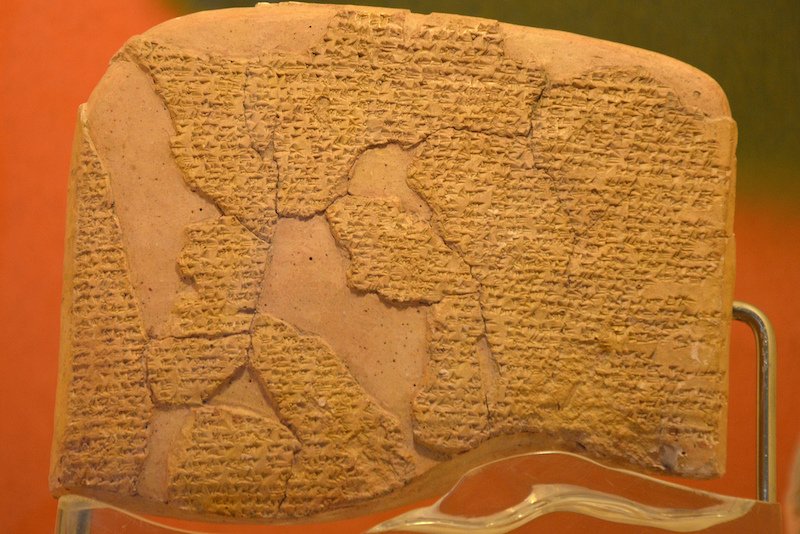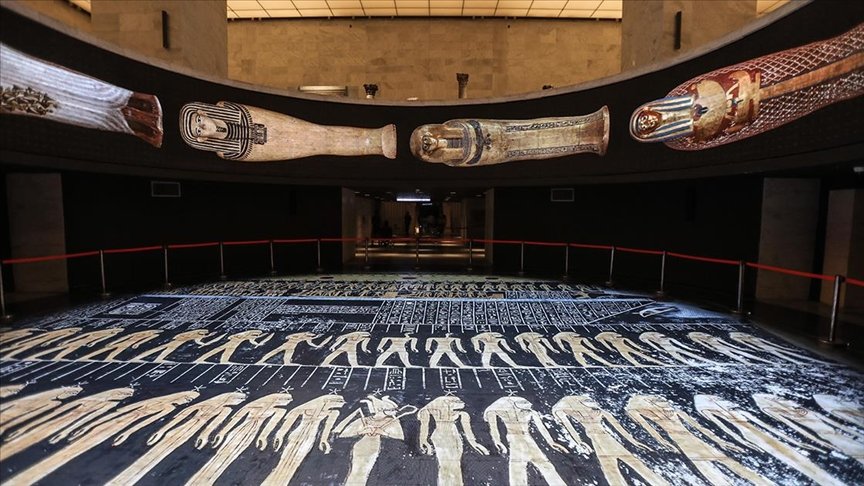The first known peace treaty in history, the Kadesh Treaty, was made between the Hittite and Egyptian states, two great powers of the 13th century BC.
When Ramses II came to the throne at the age of 14, the Hittites took advantage of the young king’s inexperience and pushed the northern border and captured the important trade city of Kadesh, which is now in Syria.
Although Ramses II sent forces under his command to retake Kadesh from the Hittites, he was deceived by spies into believing that the Hittites were far away from the camp of Egyptian troops. Contrary to the spies’ claims, the Hittites lurked nearby and attacked when the time was right. The Egyptians were on the verge of defeat when reinforcements arrived at the last moment. Ramses won the immediate skirmish, but was defeated in battle.
The site of the city of Kadesh was located in the district of Homs in present-day western Syria, ruled by the Hittites in 1275 BC. By bringing it under his control, Ramses would eliminate the Hittite threat to his interests to the north and recapture territory once lost since its capture by Thutmose III.
Egyptian sources on the battle describe how Ramses’ army was misled into believing that the Hittites were far away. Approaching the city, the Egyptians were surprised to discover the enemy hiding behind the city.
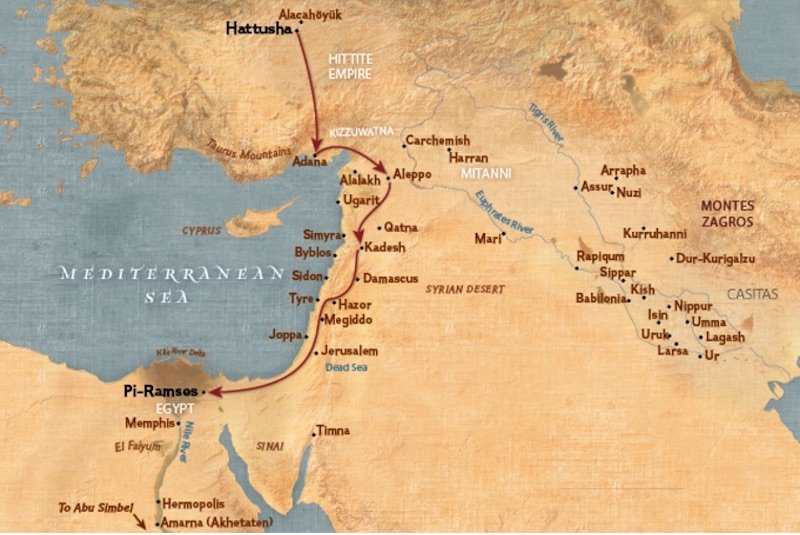
Some 3,000 Hittite chariots and 40,000 infantry clashed with a scattered Egyptian force that outnumbered them. Ramses rallied his forces and fought to a respectable draw, later declaring victory. Egyptian records of the battle used descriptions of scattered chariots to emphasize Ramses’ heroic loneliness at that moment: “I have no one with me. But I know that the favor of (the god) Amon is more important to me than ten thousand chariots.”
Shaken by the sudden attack, the troops retreated from Kadesh, but Ramses was not about to let a small fact overshadow his victory. He ordered paintings to be painted on temple walls throughout Egypt, depicting him defeating his enemies with one hand. The Hittites continued to rule Syria, contrary to the smug phrases noticed in their reliefs at Abu Simbel.
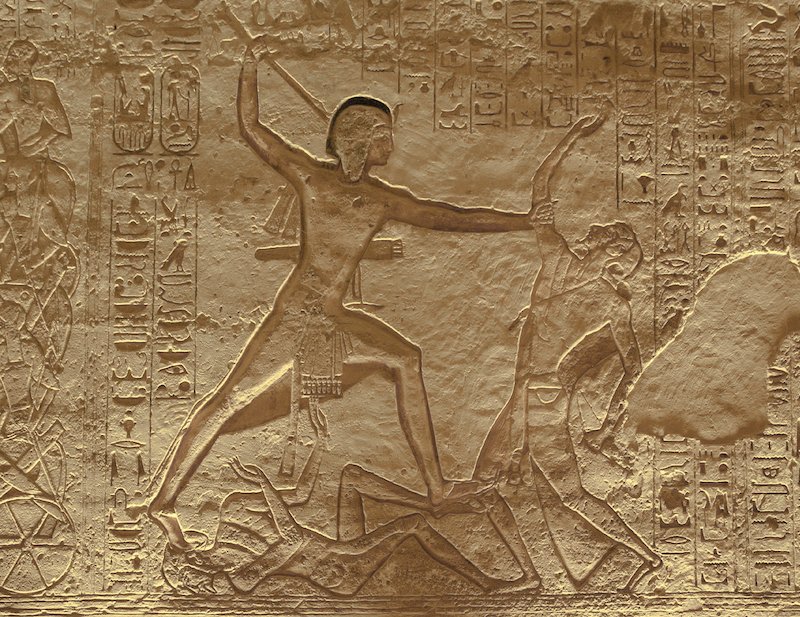
Ramses was as much a master of public relations as he was of war. But historians now know that the Battle of Kadesh was not an outright victory over the Hittites, but in fact an almost certain draw.
After years of negotiations, he agreed to sign a peace treaty with the Hittites. The text of this treaty is the oldest surviving peace treaty. In 1258 BC, in a move that supported the Hittites’ regional power, Ramses concluded a peace treaty with them. In 1245 BC he married a Hittite princess.
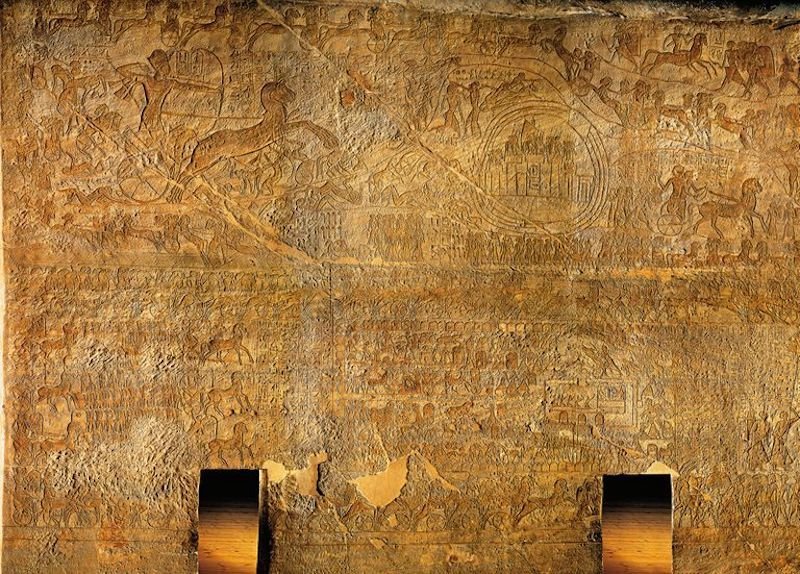
By signing the treaty, both sides agreed to repatriate the captives and not to punish them upon their return. They also agreed to help each other if attacked by any enemy, internal or external. A copy of the treaty was inscribed in hieroglyphics on a stele in the temple of Karnak. A second copy, written in Akkadian on a clay tablet, was discovered in 1906 during excavations at Boğazköy in Çorum.
The Kadesh Treaty, the first known international peace treaty signed on equal terms, was signed in 1269 BC between the Hittite King Hattusili III and the Egyptian Pharaoh Ramses II and written in Akkadian, the diplomatic language of the time. There are three copies of the treaty written in Akkadian.
In 1906, Hugo Winckler and Teodor Makridy conducted joint Turkish-German excavations in Boğazköy-Büyükkale, the capital city of Turkey. One of the copies is in Berlin and two are in the Istanbul Archaeological Museums.
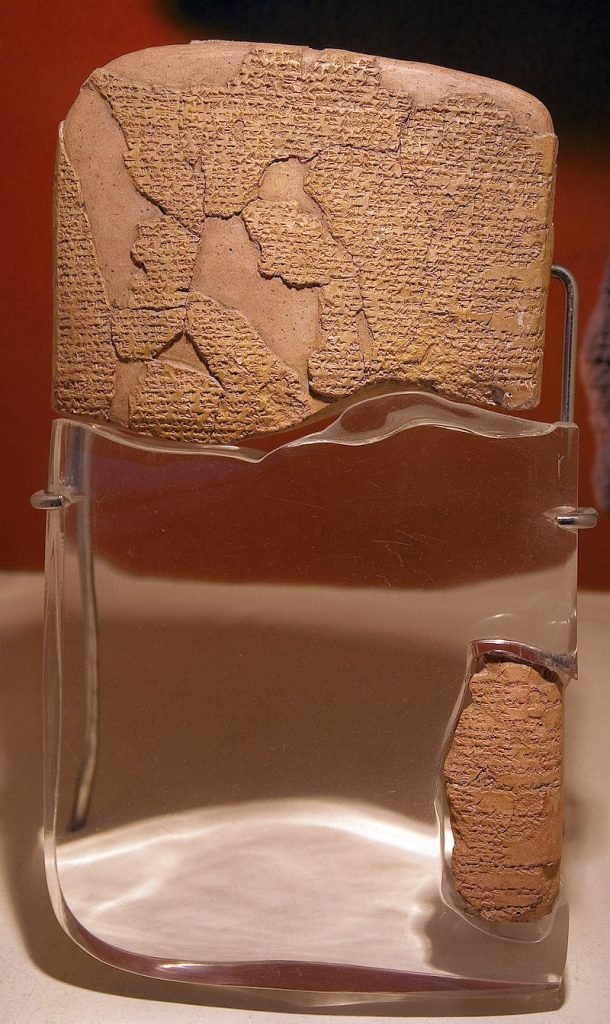
Copies of the treaty, translated into Egyptian, are engraved on the walls of the amon temples at Karnak and Ramesseum. Slightly different from the original, they attribute the importance of the treaty to Egypt and emphasize that the peace was signed as a blessing. The Hittite text of the treaty is very close to the officially accepted terms.
Although Ramses II’s reign began with a hostile attitude towards the Hittite state, both superpowers made peace by agreeing on the terms of joint defense and offense in order to divert their attention to other matters and, above all, to counter the sudden attacks of the “Sea Tribes”.
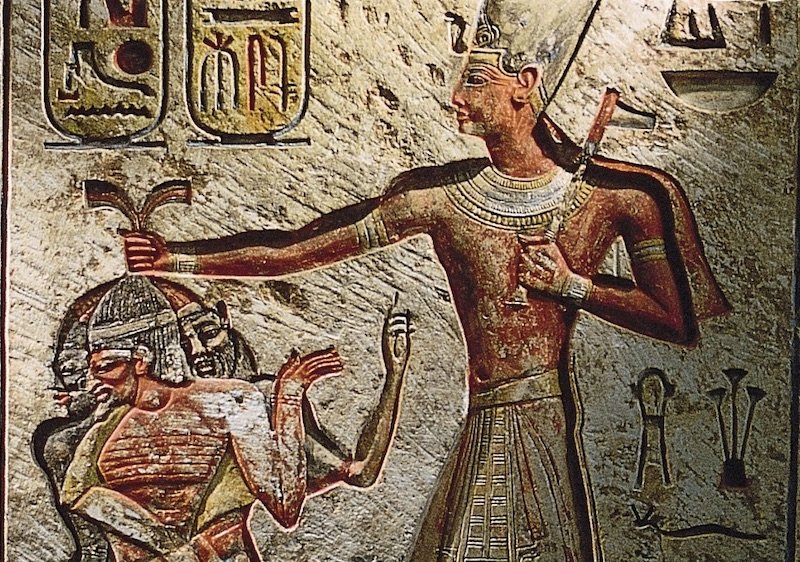
Some excerpts from the treaty:
“This is the treaty of the great king, the heroic Ramses, king of the land of Egypt, with Hattusili, king of the land of Hatti, for the continuation of their good friendship, brotherhood and great kingdom.”
The Egyptian king continues with these words:
“I have established good brotherhood and peace between us perpetually, and I say this for the establishment of good brotherhood and good peace in the relations between the land of Egypt and the land of Hatti: Behold, as for the relations between the land of Egypt and the land of Hatti, the covenant is perpetual, for from time immemorial God has not permitted enmity between them.”
“If an enemy from foreign lands attacks your brother Rameses, king of Egypt, and the land of Egypt, and his brother sends word to come to my aid, the king of Hatti, King Hattusili the Great, will send his infantry and cavalry and kill my enemy.”
the main source used: by Erman Ertuğrul https://arkeofili.com

